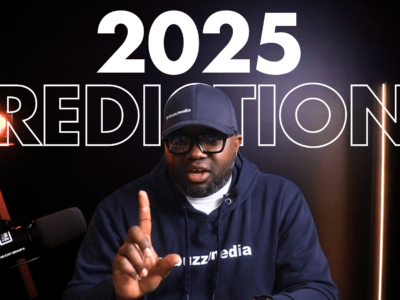We’re always chasing better-performing and more efficient solar panels to help power our renewable energy future, but no matter how efficient a panel is, there are location-based impacts on performance.
Solutions like solar trackers can help overcome some of these issues, but they’re usually not worth it in most cases. Instead of creating more efficient solar cells or tracking the sun, a research team at Stanford has boosted photovoltaic efficiency, even on cloudy days, by concentrating the light that reaches the solar cells without moving parts.
Is improving solar generation really that simple? Let’s see if we can decide on this.
This video was produced and published by Matt Ferrell. It was originally published on his YouTube channel.
It’s published here via a pvbuzz partnership with Matt.













Comments